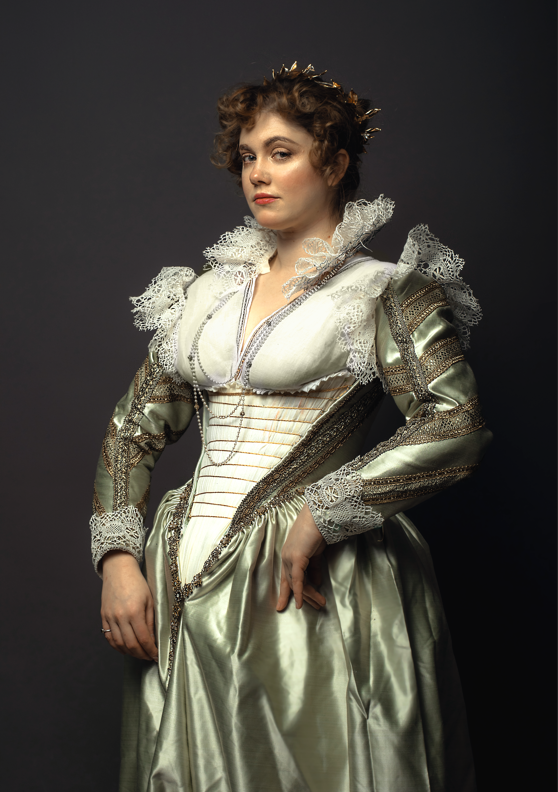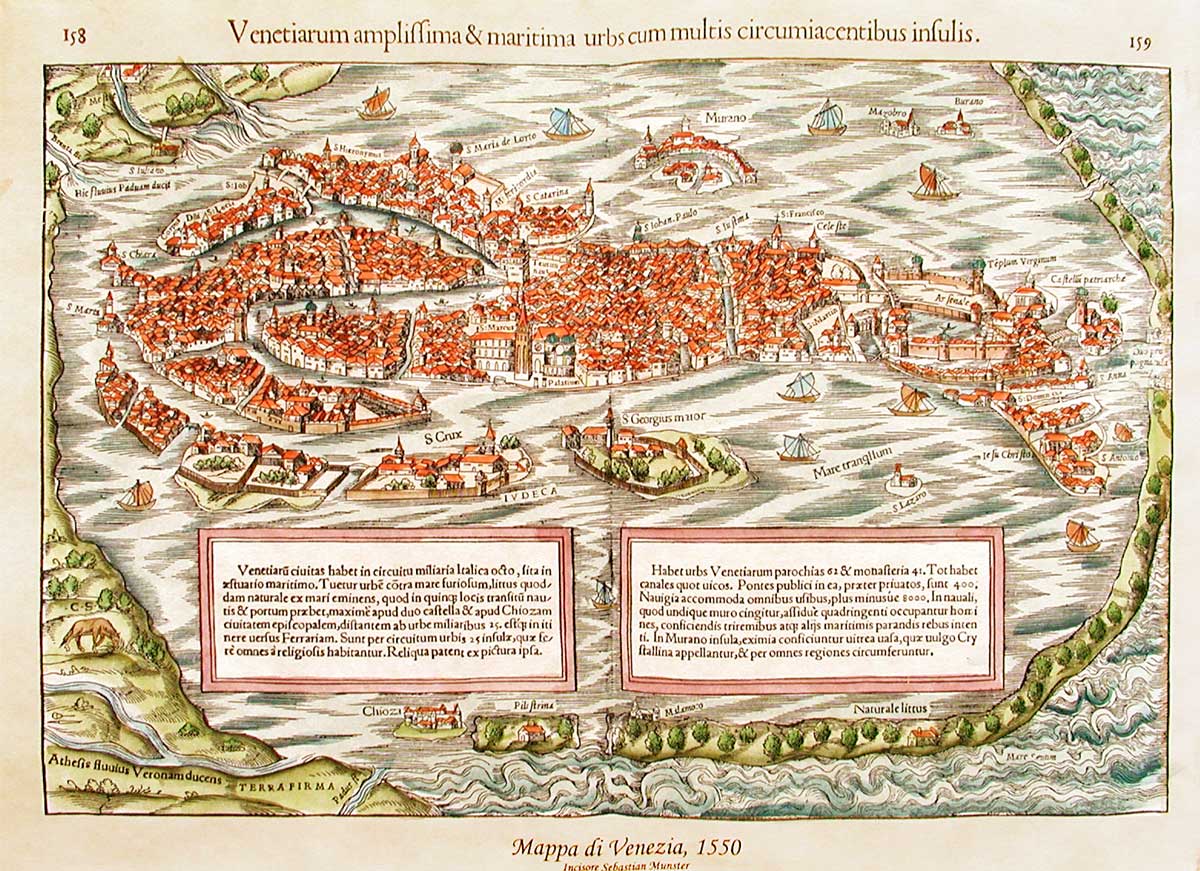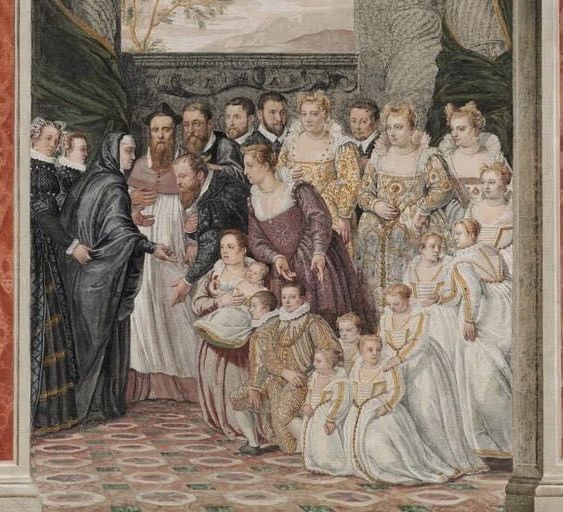
Since I made my first venetian-inspired pink dress, people has been coming to me to ask questions about venetian fashion history.
I am not an expert, but do have a quite rare book about the matter: Abiti Antichi e moderni dei Veneziani, by the much missed Doretta Davanzo Poli, published by Fondazione Giorgio Xini, Regione Veneto, Neri Pozza Editore. The book has some very interesting insights and unfortunately it is a very niche one, which has never been translated and I think was not printed again since 2001. Or at least not that I know.
For those who are not very familiar with the region Venice is the capital of, as someone born and raised there, I know more than I wish, sometimes. The region has been governed by right side parties and people since forever, and they support everything that aims to highlight the history of Venice as a once independent republic. Sometimes sharing more about the lights and dkipping the shadows of history.
Anyway, in this case, we’re here for the fashion. The author was (she passed a few years ago) the most knowledgeable person on the subject of venetian history of fashion, and this book is a proper historical essay, with all its quotes and references in place.
I want to translate this properly, and give all the references needed to look for things in archives and such, for those who can access them, so it may take a while to write it all down.
I will also quote a couple of other things, from other essays, especially one (non supported by the Region, who knows why…) about history of prostitution in Venice. An other interesting piece which has not been translated. I will quote every source as things go by.
I will also describe female fashion only, and only for the 16th century.

This part is for those who are coming across the subject for the first time.
When does european Renaissance start and end is a bit up for debate. For sake of simplicity, today we’ll consider it as the time span between 1450 and 1600. It is a huge amount of time, when in our continent things start changing quickly and at a different pace. Gunpowder, cannons and the creation of the new route from Europe to America (and yes, unfortunately the one to Africa and all its despickable consequences) create immense richness that spreads across the countries linked to those events. All of this, as well as religion and politics, create different fashion styles all around the continent.
This is the last era in which the italian peninsula is the most fashion forward place in Europe, and, for example, England is several decades back. This for example is the reason (apprently) why “millinery” is called that way: it comes from the city of Milan, which with Rome and Florence was one of the capitals of fashion. What was fashionable in Italy started spreading around, but at a different pace, and religious differences and previous local styles were woven in each country signature fashion. This is why every region in Europe at the time had a very distinctive type of clothing, while in following centuries it takes a bit more effort and knowledge to know the difference between states.

This is quite visible in this painting by Francesco di Montemezzano: The Ragazzoni family members receive Maria of Austria, after 1581, detached fresco, Staatliche Kunstammlungen, Dresden.
You can see the conservative style of the Empress, in black, with high collars and ruffles, while the venetian family is all dressed in light colors, lavish brocades, gold trims and extremely low necklines even for young children. This, together with other prints of the time, states clearly that low necklines were part of the style, and not a prerogative of sex workers.
There were also very interesting rules about how to dress according to status: courtesans and prostitutes had to wear something yellow, brides were supposed to wear a veil at the back of their head, virgins were supposed to veil their face and widows to keep hair and shoulders veiled. There were also rules about how many pearl threads one could wear. But more about this later!
This is about fashion, so I will try to be quick, but we do need some background.
While Spain finds new wealth thanks to the oppression of the american colonies during this period, Venice’s main focus is, and has been throughout the middle age, the trade with the orient. China’s silks, India’s and Middle Eastern spices, the extremely expensive sugar, and pearls spreading through all of Europe have passed through Venice for centuries at this point, making the city one of the most important ports of the Mediterranean and making its families rich enough to talk at the same table as kings of other states. The main nature of the city was commerce, and its nature of Republic, where the Doge was elected among the most important citizens, made wealth and politics change and favor many, instead of just one family.
So what was venetian fashion like, in 1500?





